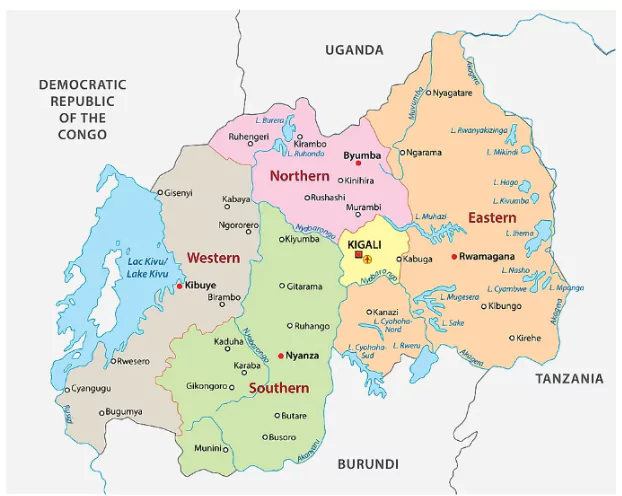
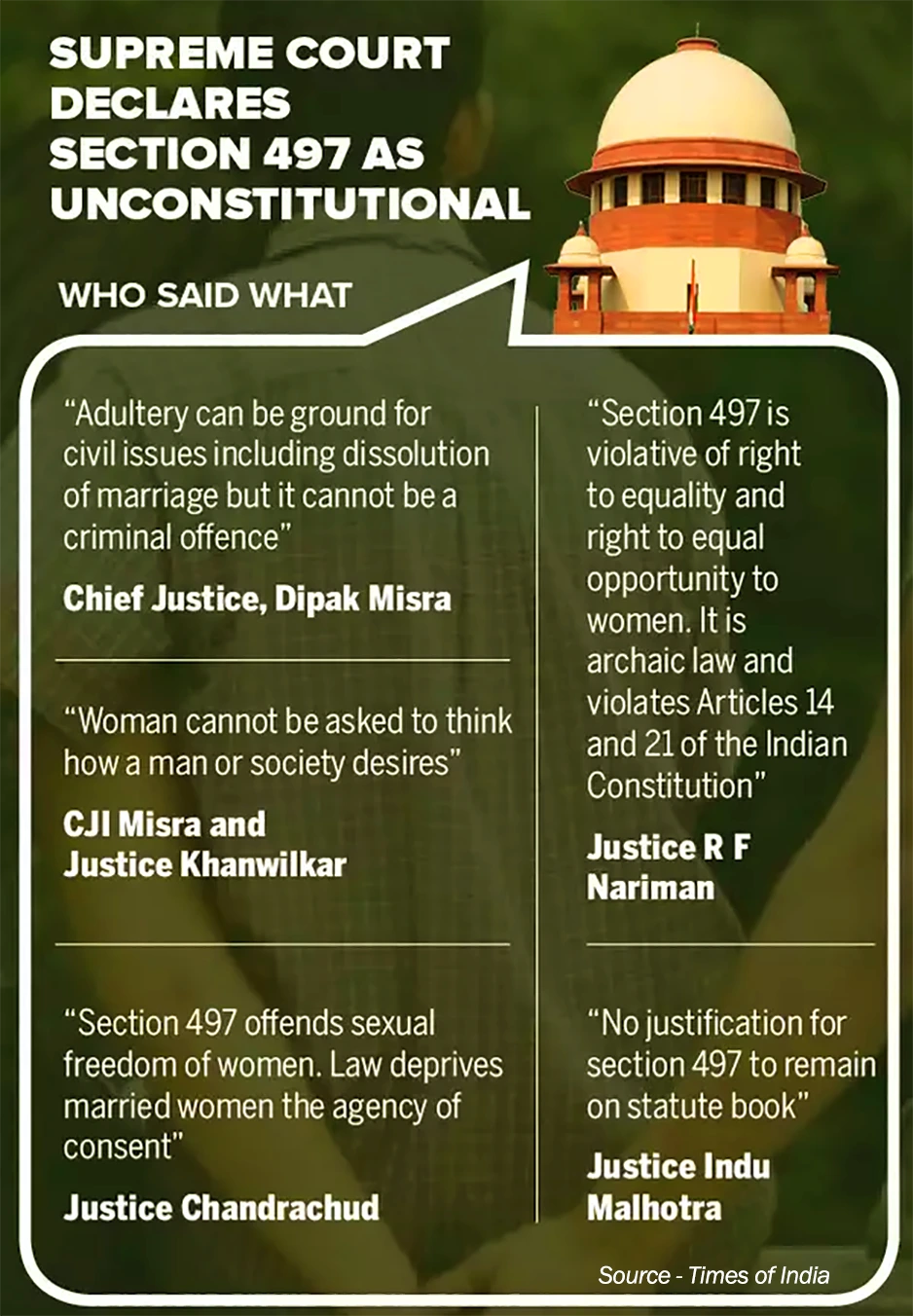
News Source: Indian Express
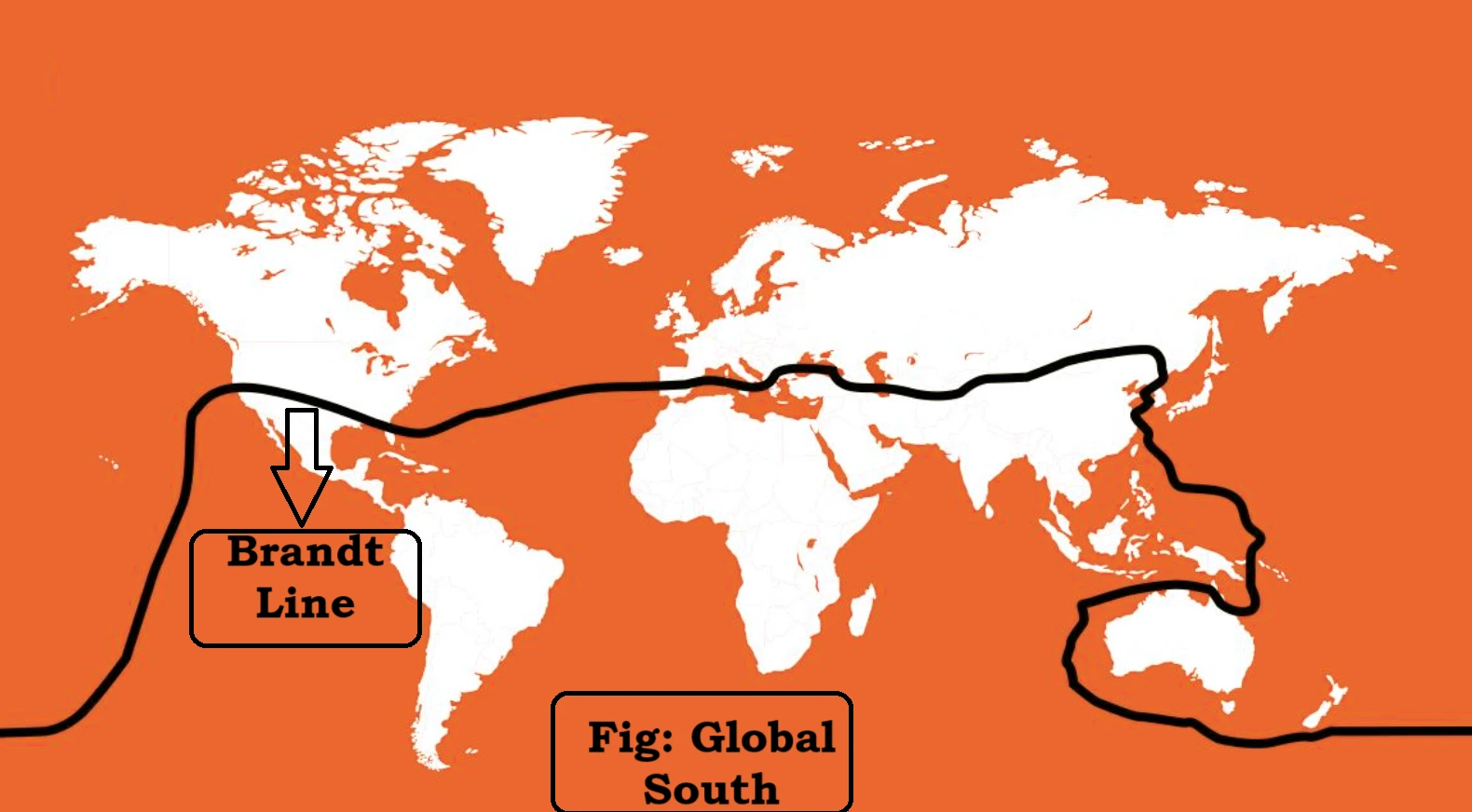
News Source: Economic Times
About Model Prisons and Correctional Services Act, 2023:
|
|---|
Difference Between Parole And Furlough: Parole and furlough are two provisions that are covered under Section 432 of the Criminal Procedure Code 1973.
News Source: The Hindu
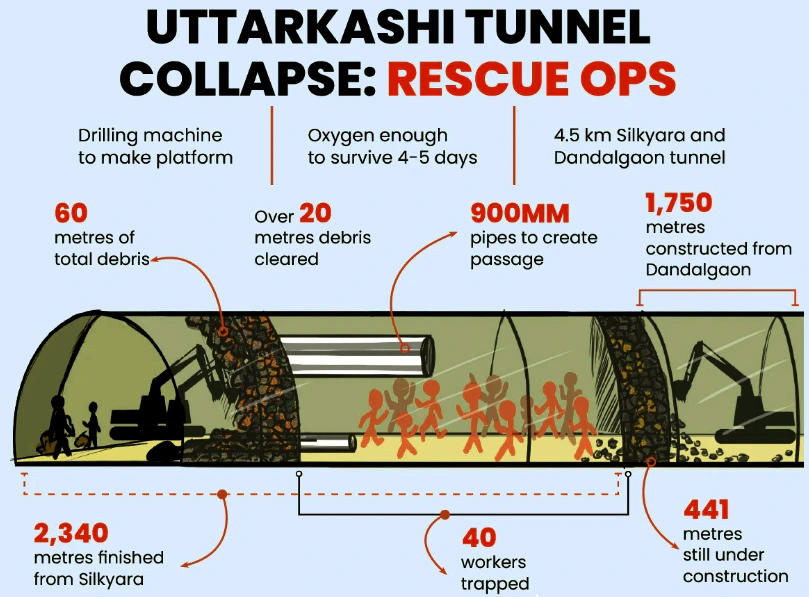
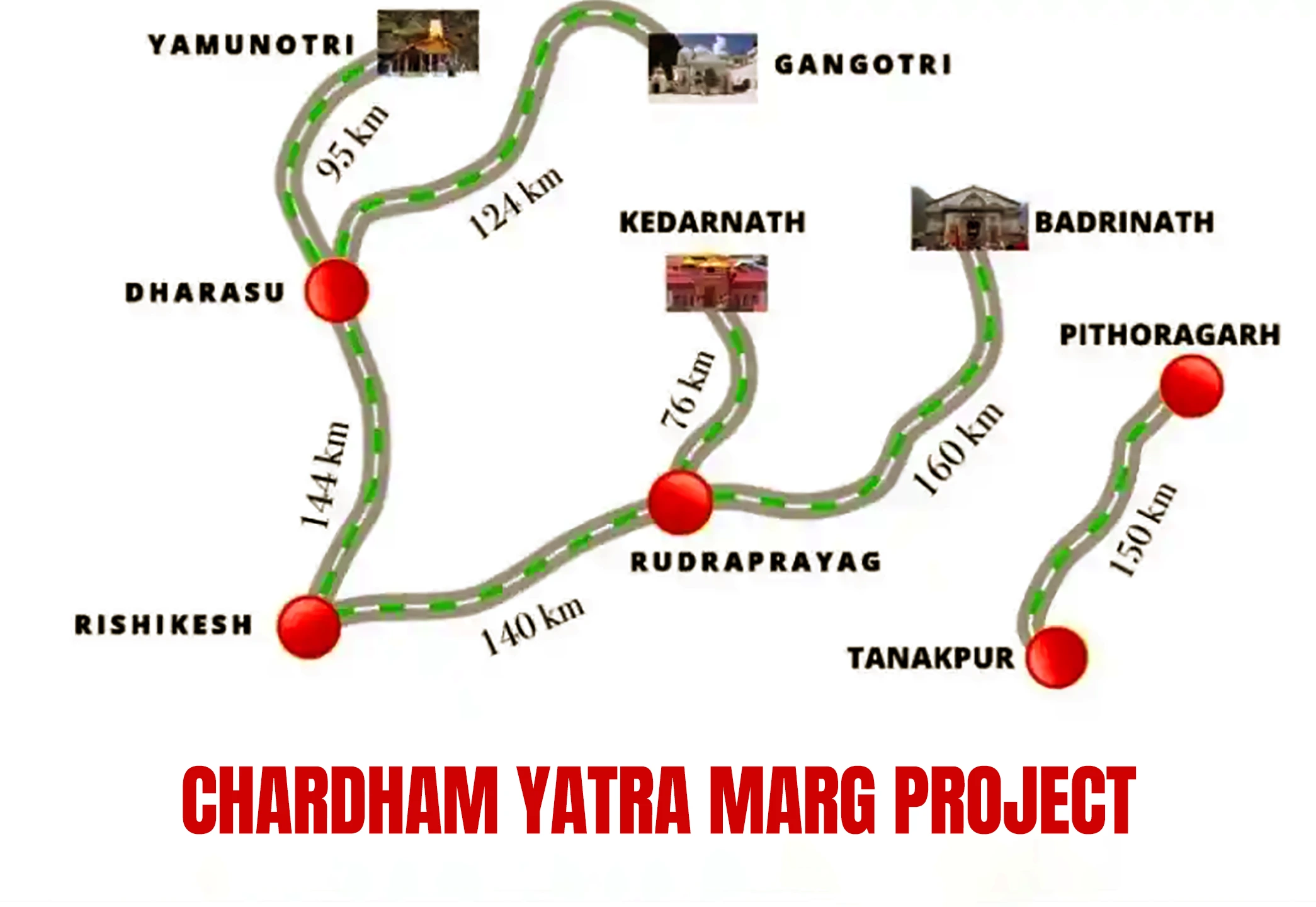
News Source: Down To Earth
Other Initiatives
About ‘Bhagwan’ Birsa Munda
|
|---|
News Source: The Hindu
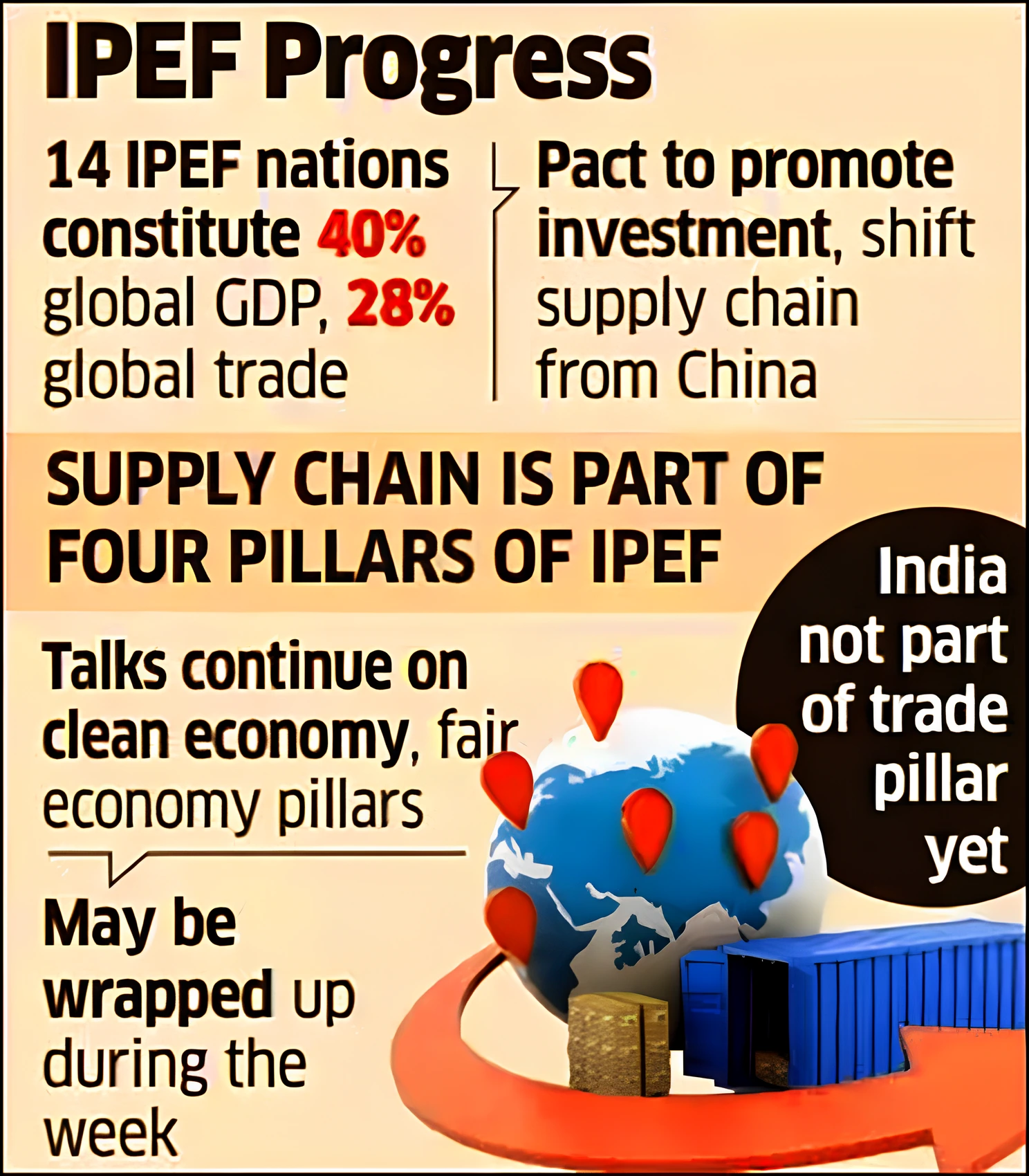
News Source: Mint
News Source: Hindustan Times
News Source: HT
Ethiopia:
|
News Source: Livemint
What is iCET?
Innovation Handshake: It aims to connect the startup ecosystems of the India-USA. |
|---|
India-US Commercial Dialogue (CD): It is a cooperative undertaking at the Ministerial level, to facilitate regular discussion to deepen ties between business communities, encompassing regular government-to-government meetings to be held in conjunction with private sector meetings.
News Source: TOI
About IPRD-2023:
About NMF:
|
|---|
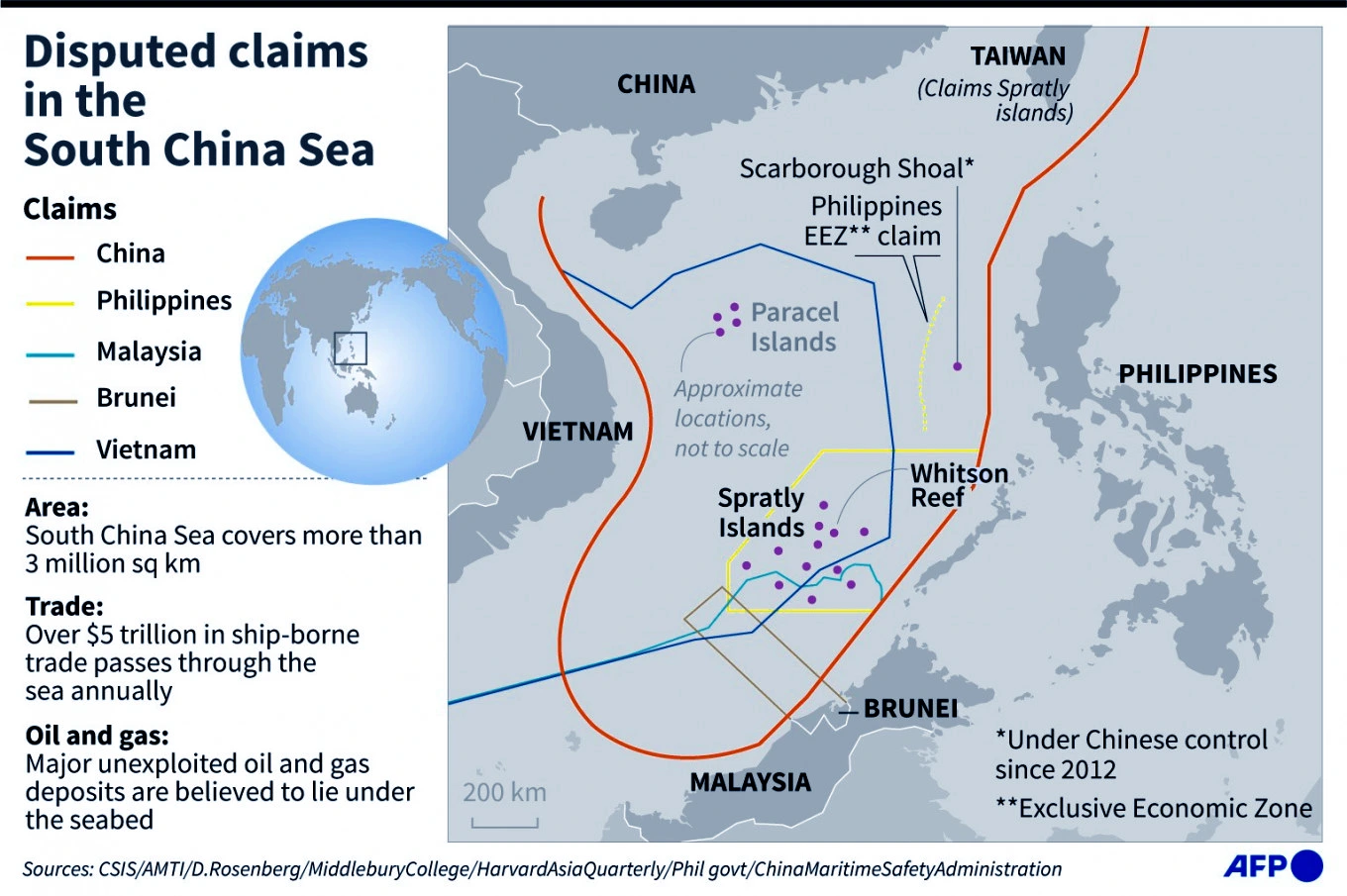
Also Read: South China Sea Dispute
Territorial disputes in the South China Sea Region:
International Ruling on China’s Claims in South China Sea:
|
|---|
India’s Initiatives in the South China Sea Region:
|
|---|
India’s approach to the South China Sea has been characterized by a balance between upholding its interests and avoiding direct confrontation with China. India has consistently emphasized the need for freedom of navigation and overflight, a peaceful resolution of disputes in accordance with international law, and the importance of a rules-based order.
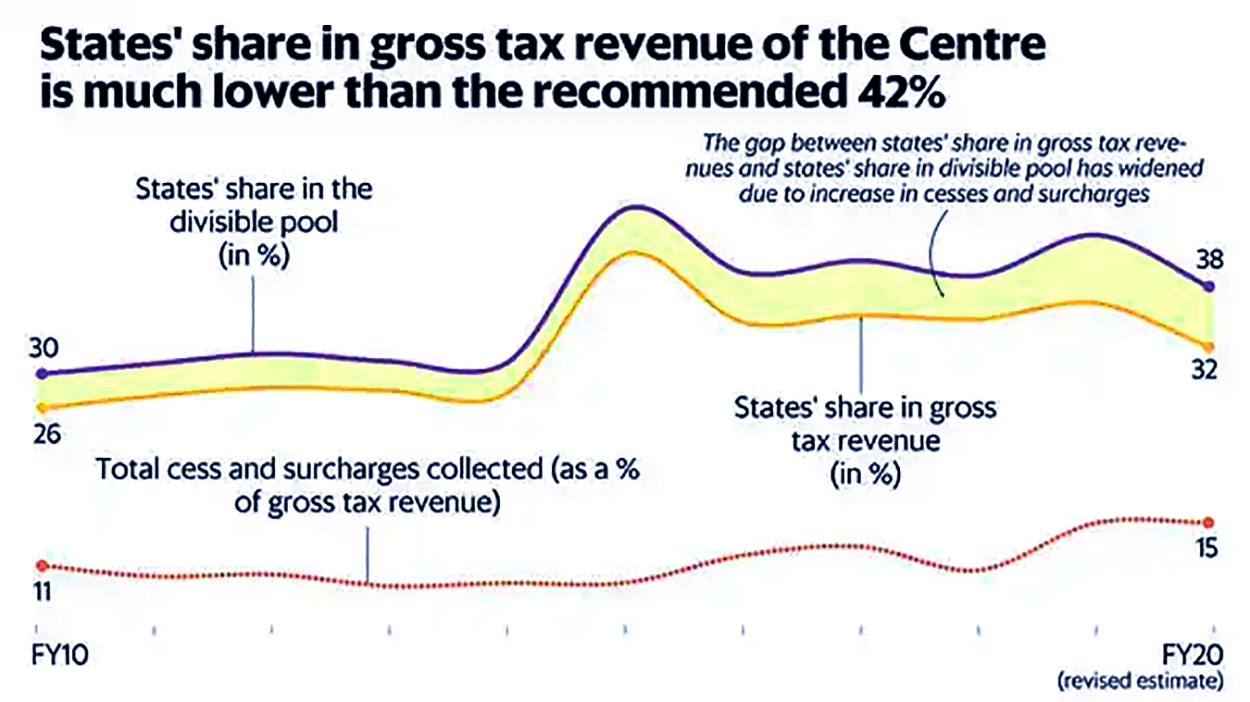
About Inter-State Council:
|
|---|
Recommendation to Promote Cooperative Federalism:
|
|---|
Also Read: Strengthening Cooperative Federalism for State Development Goals
Addressing persistent frictions in Indian federalism requires a comprehensive approach, it’s crucial to work on issues like fiscal policies, institutional mechanisms, and political empowerment, ensuring a more cooperative federalism and effective governance system.
| Prelims Question (2017)
Which one of the following is not a feature to Indian federalism? (a) There is an independent judiciary in India. (b) Powers have been clearly divided between the Centre and the States. (c) The federating units have been given unequal representation in the Rajya Sabha. (d) It is the result of an agreement among the federating units. Ans: (d) |
|---|
| Mains Question: Analyse the concept of regionalism and how its rise strengthens or weakens Indian federalism. (250 words, 15 Marks) |
|---|
<div class="new-fform">
</div>